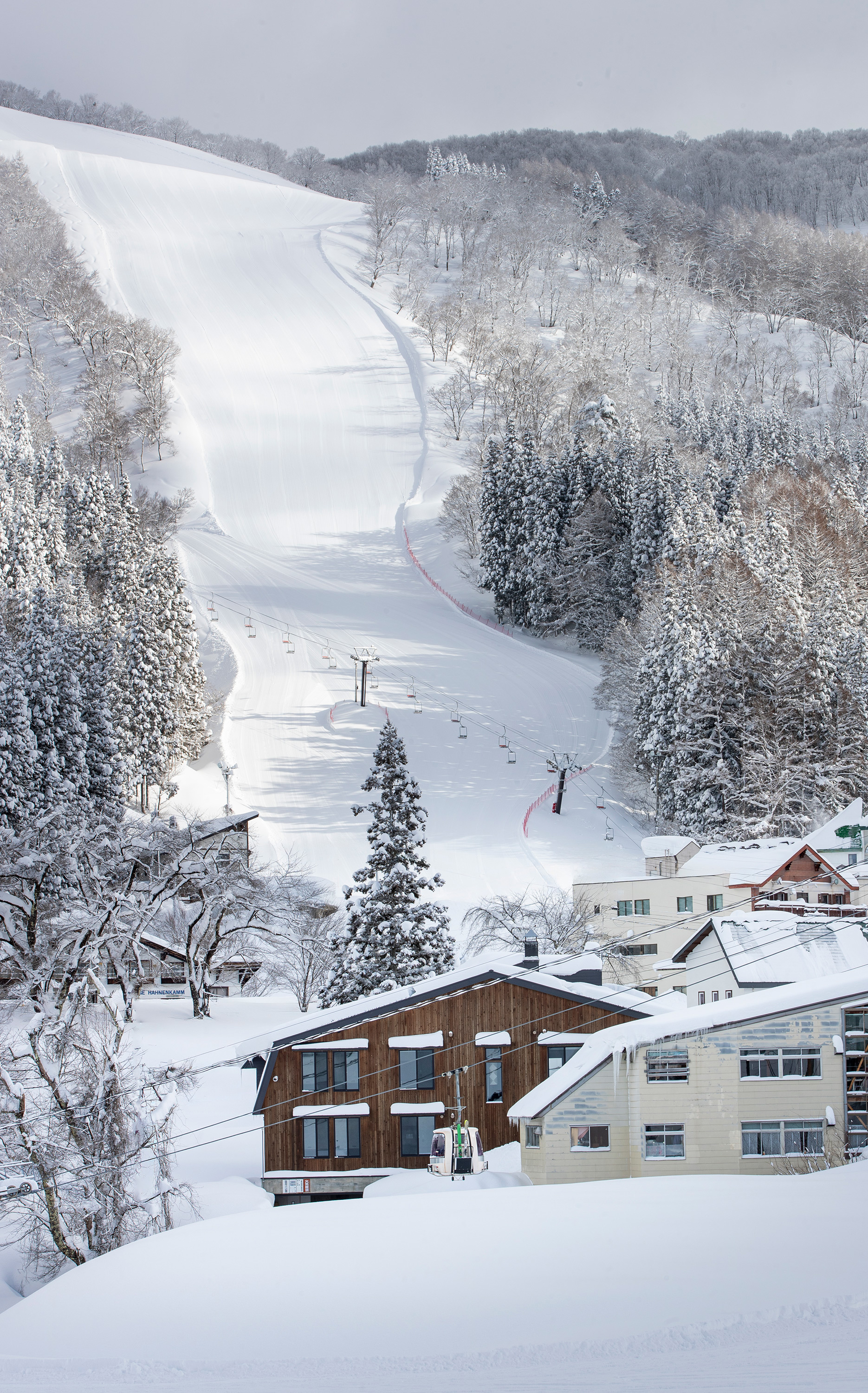スケッチから始まる建築デザイン“Architecture begins with a sketch.”
建築の設計を行う時、まずスケッチから始める。ここで言うスケッチとは、必ずしも鉛筆で紙に描かれた線を指すのではなく、土地を歩き、そこで出会う風や光を写し取った写真、ふと浮かんだ言葉や図式の断片、建て主との対話、あるいは土地の歴史を知ること – – – そうした行為のすべてを、ここでは「スケッチ」と呼びたい。
建築設計において、スケッチは単なる記録とは言えないだろう。対象を写し取ることにとどまらず、観察を通して本質を見極め、未来の建築へとつながる手がかりを抽出する行為だと思う。写真が光を記録するのに対し、スケッチは意識的に、あるいは無意識のうちに「選び」、時に偶然によって「選ばれる」。その選択のなかに観察者の感情や思考、そして偶然が入り込み、そこにデザインの芽が宿ってゆく。
設計者にとってスケッチは思考の触媒である。敷地を歩きながら描かれる数本の線、撮影した一枚の写真、走り書きされた言葉。それらは環境の特徴を理解するきっかけとなり、人々の営みを想像する手がかりとなり、やがて未来の空間を形づくる種子となってゆく。
スケッチはまた、他者との共有のための言語でもある。まだ形を持たないアイデアを、線や記号として外に出すことで、対話の土台が生まれる。建て主との打合せや、設計チーム内での議論の場では、言葉だけでは伝えきれない微妙なニュアンスを、スケッチが担っている。そこに描かれた不完全な線が、むしろ想像力を喚起し、新たな発想を誘発している。
デジタルツールが高度化した現代においても、BIMや3Dモデルを操作する前に、まず「観察の眼差し」を持ってスケッチしている。もしくは、 BIMや3Dモデルもスケッチのひとつと呼べるのであろう。建築は一本の線から始まるのではなく、観察・記録・想像が交差する場から立ち上がっている。
「スケッチから始まる建築デザイン」とは、世界を観る眼差しを養い、記録し、形にしていくプロセスそのものだろう。スケッチは、建築を考える最小単位であり、同時に最も自由で豊かな行為なのではないだろうか。 そのような広義の意味での「スケッチ」を私はとても大事にしている。
いつも出発点に、スケッチがある。
新しい敷地は、とても楽しみでもあり、時に心配でもあるが、私は今日もその高揚を胸に敷地へと足を運ぶ。
“Architecture begins with a sketch.”
When designing architecture, the process begins with a sketch. By “sketch” I do not necessarily mean lines drawn with a pencil on paper. Rather, I want to call everything a sketch: walking the land, taking photographs of the wind and light encountered there, fragments of words or diagrams that suddenly arise, conversations with the client, or learning the history of the site.
In architectural design, a sketch cannot be regarded as a mere record. It is not only about capturing what is in front of us, but also about discerning the essence through observation and extracting clues that lead to future architecture. While photography records light, sketching involves a conscious—or sometimes unconscious—act of “choosing,” and at times of being “chosen” by chance. Within that act of selection enter the observer’s emotions and thoughts, and also coincidence, and from this mixture the seed of design begins to grow.
For the designer, a sketch is a catalyst for thought. A few lines drawn while walking the site, a single photograph, a hastily scribbled phrase—these become opportunities to understand the character of the environment, hints for imagining human activity, and seeds that eventually form future spaces.
A sketch is also a language for sharing with others. By externalizing ideas that have not yet taken shape in lines or symbols, a foundation for dialogue is created. In meetings with clients or discussions within the design team, sketches convey subtle nuances that words alone cannot express. The incomplete lines drawn on paper, rather than limiting imagination, stimulate it and invite new ideas.
Even in today’s age of advanced digital tools, before operating BIM or 3D models, I sketch with an “observant gaze.” Or perhaps BIM and 3D models themselves can also be called sketches. Architecture does not begin from a single line, but rather rises from the intersection of observation, record, and imagination.
“Architecture begins with a sketch” is, in essence, the very process of cultivating an eye for the world, recording it, and giving it form. A sketch is the smallest unit of architectural thought, and at the same time perhaps the freest and richest act. This broad meaning of “sketch” is something I value deeply.
At the starting point, there is always a sketch.
A new site brings both excitement and worry, but today again, carrying that sense of anticipation, I set foot on the land.
